Chelsea Day School
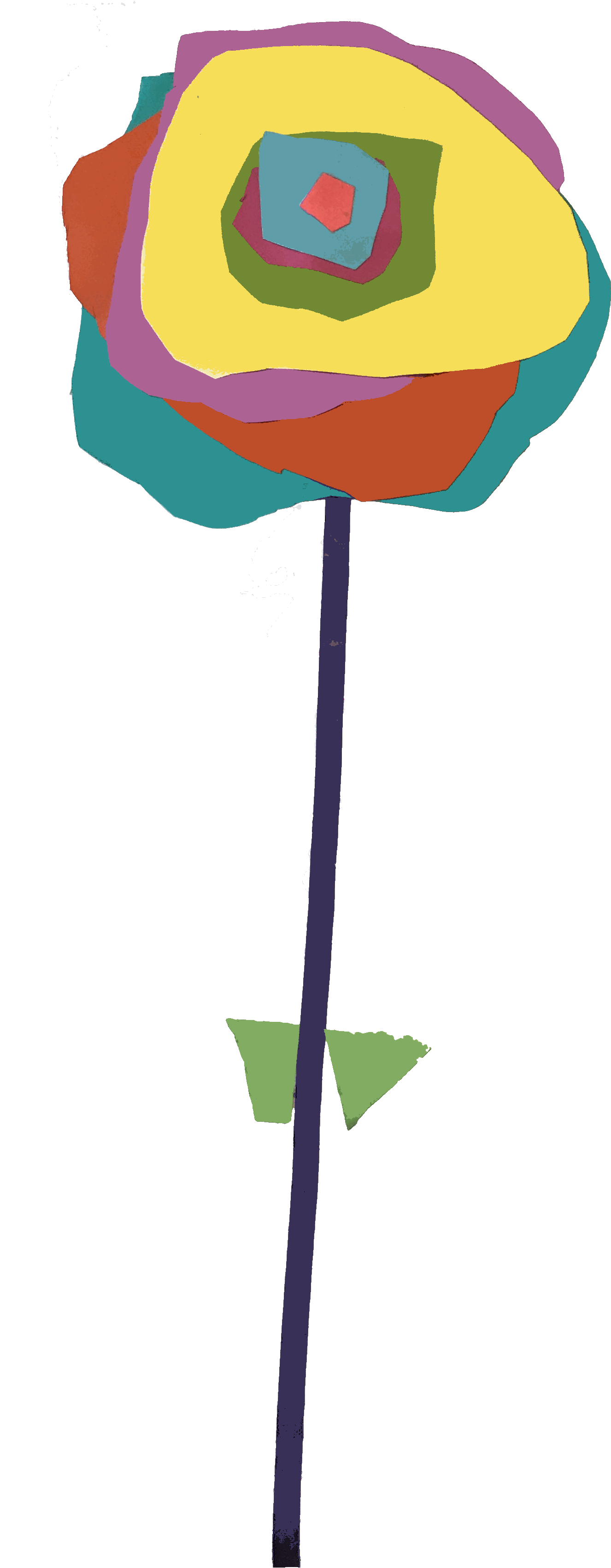
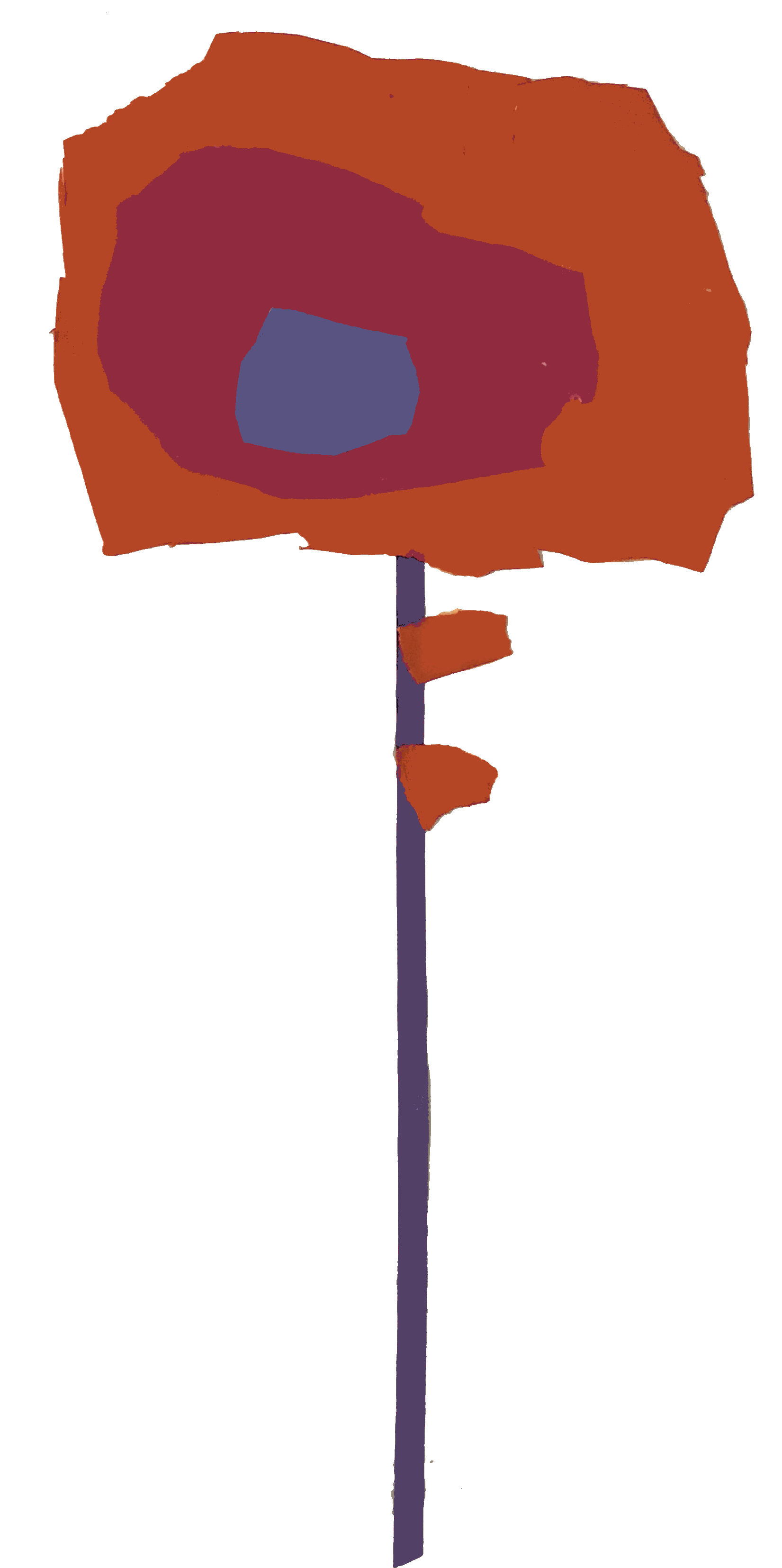
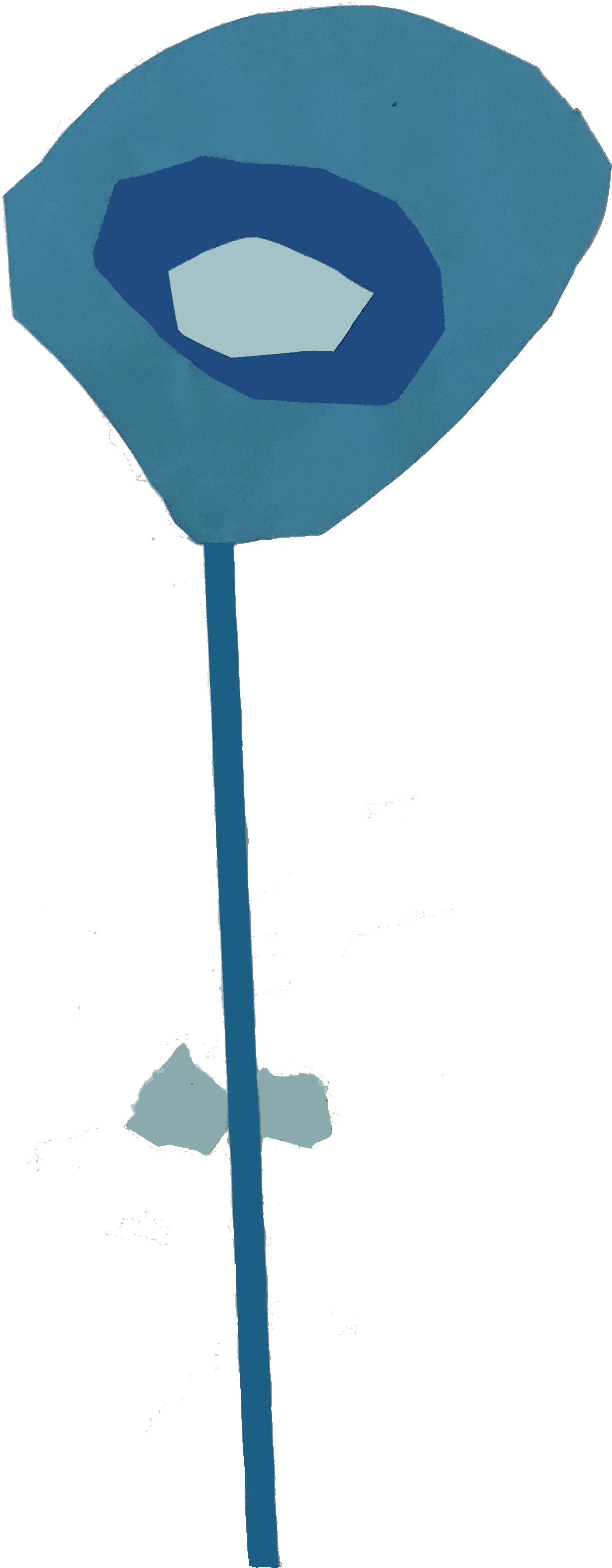

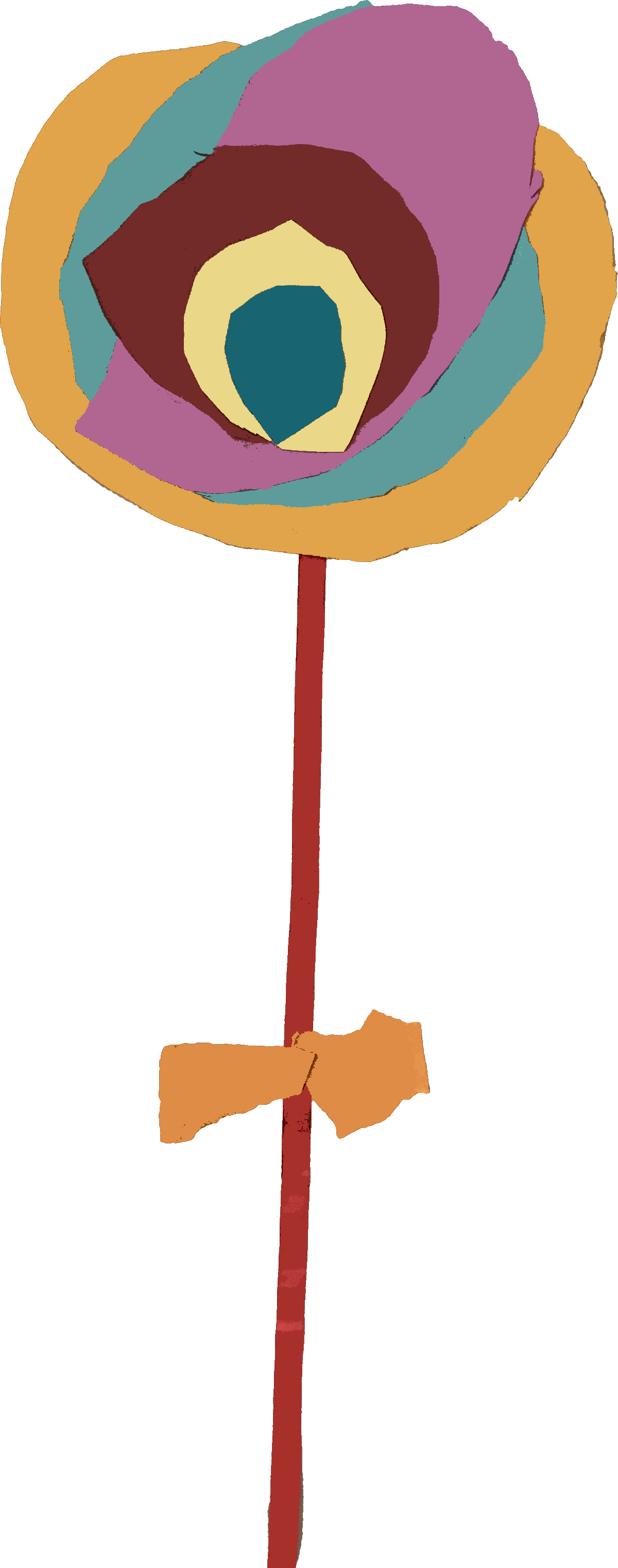





Written by: Laurie Seligman - 4's Head Teacher and Jazmyn Richardson – 4's Associate Teacher
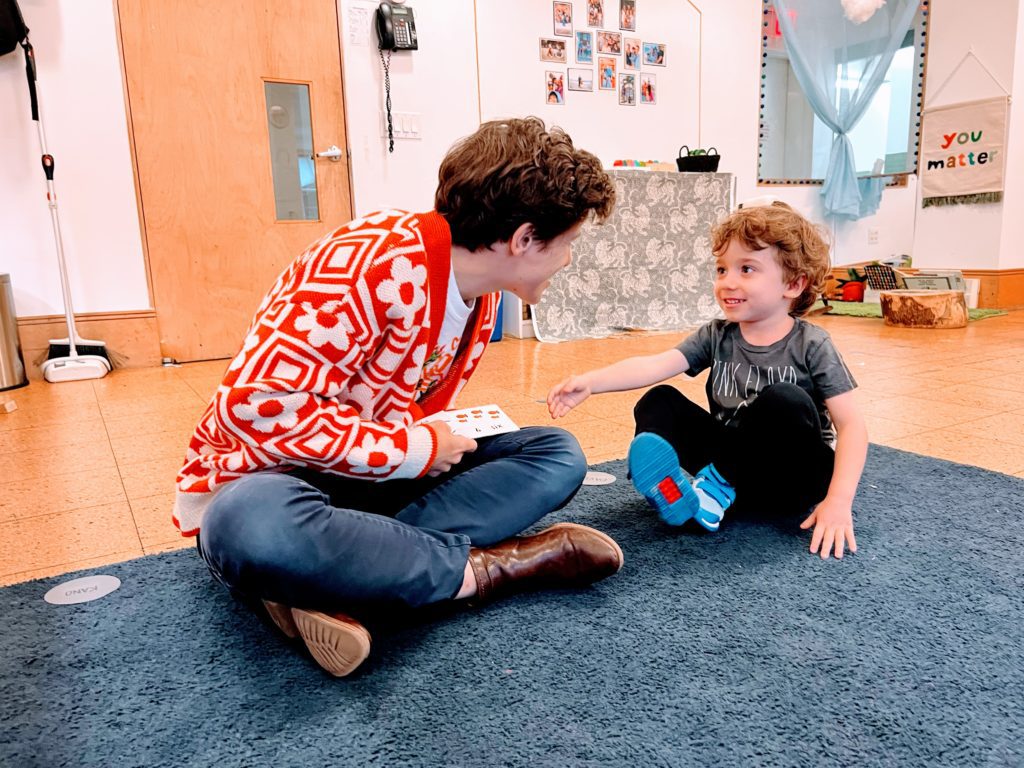
In Class 4, children have the opportunity to investigate and explore the many facets of identity and relationships. Over time, children begin to discover that our inside stories (those that only an individual person can express and know) and our outside stories (those you can tell by looking at a person) are equally important narratives that we communicate with the world. Through myriad classroom experiences and conversations, children discover that each of us has a very different, layered, and complex story to share.
As a community, we have spent time talking about the “just right words” we use to describe ourselves. This conversation began early in the year, as children were first being introduced to many new people. When Anna (a substitute teacher, who is now an everyday teacher in Classroom 2) had her first day with us, children were working to remember her name and wondered what to call Anna. Laurie said, “The only way to know what someone wants to be called is to ask them. You can ask Anna, “What words do you call yourself? Or what do you like to be called?”” Anna responded to children’s questions by saying, “I am sometimes called a girl, which some people might not guess because I have short hair and wear pants. I like to call myself a person. The very best thing I like to be called is Anna. I like that a lot. You can also use the words ‘she’ and ‘they’ when talking to me or about me.”
After thoughtful listening to Anna’s just-right words, children felt inspired share information about themselves and people in their family, as they considered hair, clothes, and voice:
Suri – My dad has short hair.
Cadence – My mom is a girl and she likes the color black.
Smith – My dad has no hair. He is bald.
David – Did you know my dad is running out of hair?
Asher – My dad has hair on his head.
Alexander – My dad has short hair, but I don’t know what he calls himself.
Laurie – You can ask!
Zoe – I call myself a girl, but my voice can kind of sound like a boy.
Laurie – Say more about that. What does it mean to sound like a boy?
Zoe – It means you have a deep voice.
Laurie – It’s true that some people who call themselves boys have deep voices. I also know that voices can be all sorts of different ways!
Children then reflected on singing using their high and low voices with Richard during Music!
The following day during Morning Meeting, we circled back to the conversation. Taking turns with a class “heart stone,” a visual tool that helps children know who is having a talking turn, children and teachers shared more of their “just right words:”
Laurie – I call myself a girl, I call myself kind, and I call myself funny.
Marcus – Small, strong, and hairy… because I have hair!
Zoe – Strong and large.
Elena – Strong and tall.
Suri – Strong and large.
Cadence – Strong and a girl.
David – Powerful.
Alexander – Big and strong.
Smith – Powerful and strong.
Asher – Strong, strength, and little.
Ethan – Strong.
Noticing that so many people called themselves “strong,” we decided to explore that word further! Teachers asked, “What does it mean to be strong?”
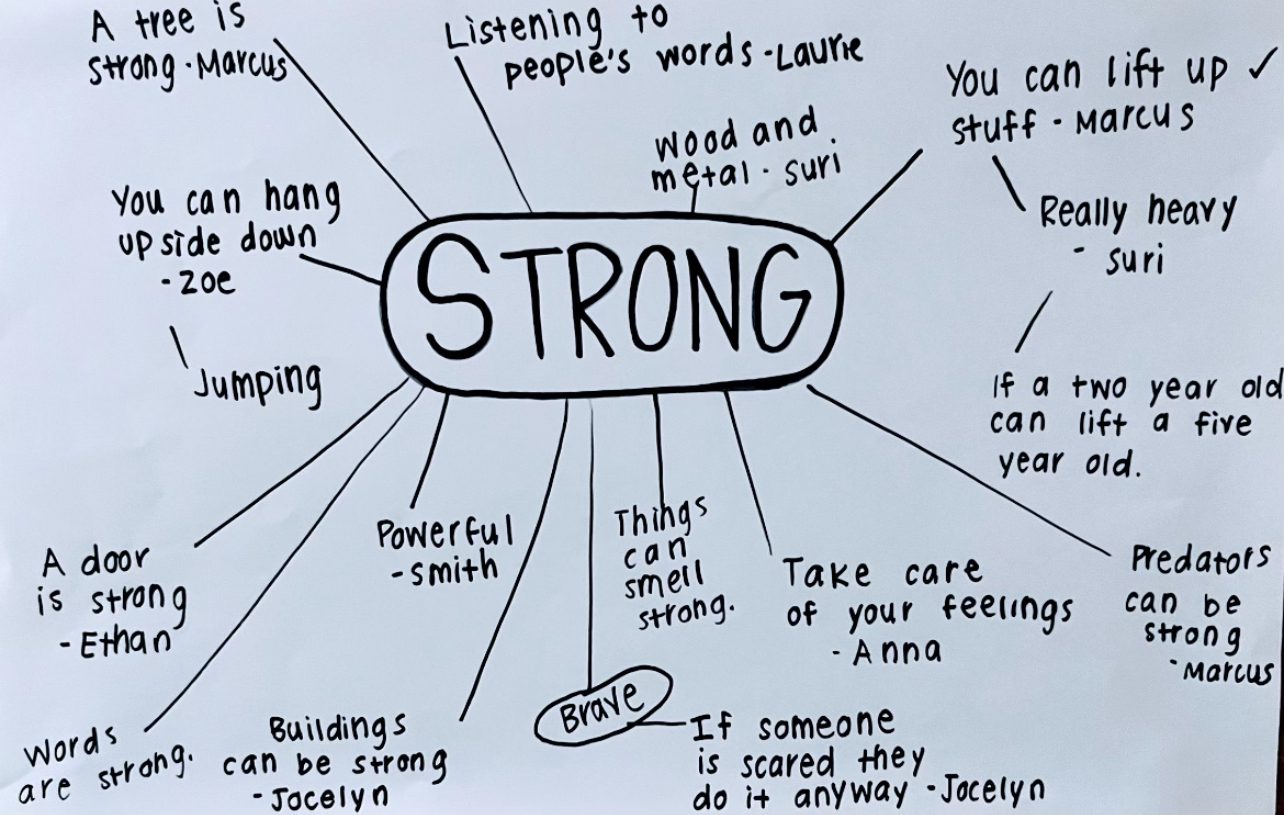
When we have meetings about identity as a whole group, we create a shared understanding about our community values, and provide a safe space for children to ask questions and explore their curiosities. These conversations will be ongoing throughout the year, as children broaden their understanding about themselves and the people in their world. As teachers, we will carefully watch and listen to respond in ways that are thoughtful and developmentally-appropriate.
Another way that children work to understand and express their inside stories vs outside ones is through the identification and expression of emotions. Teachers often use books as a tool to engage children in conversations around emotions. Oftentimes we will read a story and leave space throughout for children to share the connections they make between the text and themselves as well as the world around them. We may pause and ask, “Have you ever felt like this character?” This gives children the chance to process and understand emotions in a low stakes way.
This week we read, The Rabbit Listened by Cori Doerrfeld, Grumpy Monkey by Suzanne Lang, and Mouse and Hare,written by our very own teacher Laurie.
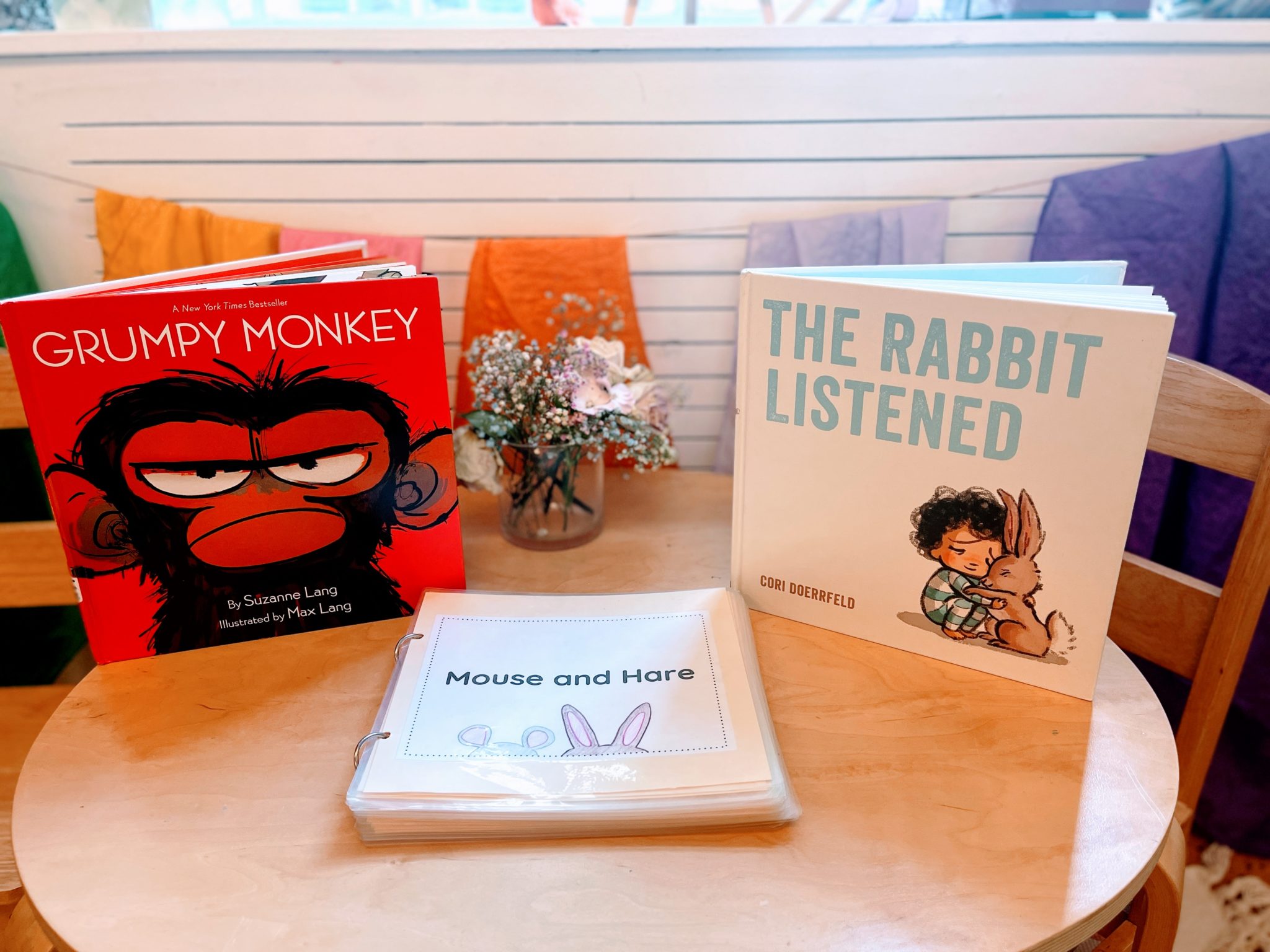
Other times we will dramatize stories, giving children the experience of feeling the emotions of the characters in the story. In this way, all senses are involved which deepens children’s learning as they internalize the language used to name certain emotions, practice vocalizing those feelings and exploring the changes in their bodies as they display it to the group. On Monday, for our goodbye meeting we acted out Grumpy Monkey, and had a chance to all partake in telling the story of Jim Panzee, a monkey who insists again and again he is not feeling grumpy, until he just can’t hide it anymore and has a big outburst. When he finally calms down and admits that he is indeed feeling grumpy, he begins to feel a little bit better. Children learned that simply naming an emotion can have so much power and ultimately turn things around for the better.